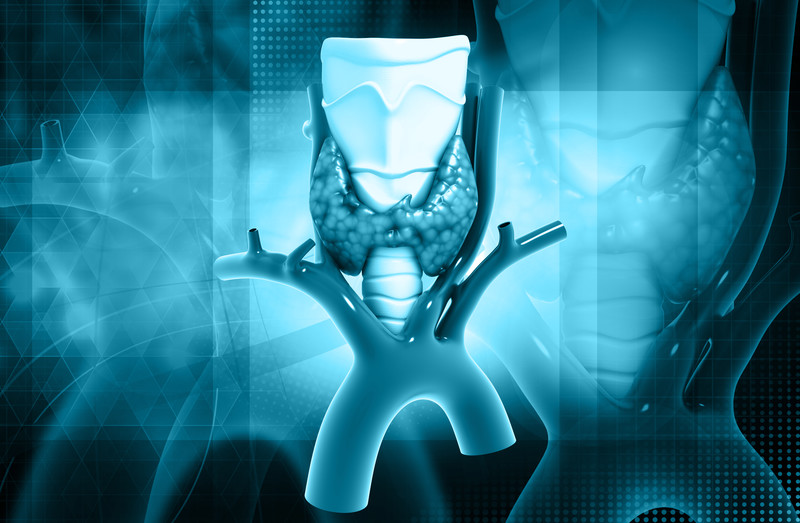The temporomandibular joint (TMJ) is easily the most important joint in the body. The sliding hinge on either side of the skull allows for speech, eating, and any action that requires the opening and closing of the lower jaw.
For some folks, one or both sides of the jaw can become inflamed. An often painful condition called TMJ disorder (TMD) can result. To raise awareness of this serious degenerative condition, November has been named TMJ Awareness Month.
To help raise awareness of this important month, the oral and maxillofacial surgeons at Aspire Surgical offer this TMJ disorder overview. We’ll explore facts about TMJ so you can recognize TMJ symptoms.
What Is TMJ Disorder?
What is TMJ? If you have ever slept incorrectly, you may have temporarily woken up with a sore jaw. If your jaw is healthy, the discomfort will only be momentary.
People with TMJ disorder live with continual discomfort and pain around their TMJ. To understand TMJ disorder requires an understanding of the joints that connect the lower jaw to the skull.
The TMJs, located at the base of the skull, act like sliding hinges that allow the lower jaw to open and close with ease. The network of muscles, connective tissue, and bones that support the jawbones is delicate.
When the joints do not function properly (often due to poor alignment of the jawbones) a condition known as TMD can result. The good news is this jaw disorder can be effectively treated when you work with a qualified crew of oral maxillofacial surgeons. TMJ treatment does not always require surgery.
The Causes of TMJ Disorders
TMD is more common than many people think. In fact, around 12% of adults in the United States deal with this condition. TMD is more common in women than men.
Injury
There is no one cause of TMD. The condition could result from an injury to the head or face. Serious trauma may require immediate surgery.
Malocclusion
Another common cause of TMJ disorder is poor tooth alignment (malocclusion) that doesn’t allow the jaws to properly align. This is one reason why orthodontic treatment is often used to treat mild cases of TMD.
Arthritis and Age
Arthritis is another possible cause of TMD. The TMJs are susceptible to wear and tear just like other joints.
Over time, the cartilage in the joints can wear thin and expose the underlying bone. Age is a risk factor for TMD, but the condition can arise early in adulthood. Some of our patients who are in their 20s and 30s experience TMD-related jaw pain.
Bruxism
If you suffer from nighttime teeth grinding, otherwise known as bruxism, then you may be at high risk of developing TMJ disorder. The involuntary jawbone clenching stresses the TMJs. In other cases, TMD can actually be the cause of bruxism.
TMJ Symptoms
The most common symptom of TMD is pain in or around the jaw. Symptoms are often more pronounced in the morning but not always.
Pain and Discomfort
Due to the position of the jaws, discomfort or pain may radiate to the face or ears. Some people notice TMD discomfort when they are eating.
Impeded Jawbone Range of Motion
Even if TMD doesn’t cause significant pain, people with the condition may notice that their jaw doesn’t open easily. There may be a clicking or popping sensation when their jaw fully opens. The inability to fully open the jaw may lead to the sensation that the range of motion of the jaw is restricted.
Will Symptoms Subside on Their Own?
The symptoms of TMD may subside on their own or they may require orthodontic treatment. For serious cases of TMD, one common treatment is surgery. If you are preparing for surgery at one of our offices, you can trust that your comfort will be our top priority.
When to See a Doctor
If you are wondering when to see a doctor for TMJ, the best course of action is to be safe and schedule an exam. TMD can be more easily treated in the early stages of the disorder.
TMJ Treatment Options
If you are seeking relief from TMD, the first step is to undergo a comprehensive examination at one of our offices. Depending on your symptoms and other factors, one of our doctors will customize a treatment plan.
Relaxation Exercises
Mild symptoms can be treated using facial or jaw relaxation exercises. Some patients can benefit from lifestyle changes. If stress is the underlying cause of bruxism, meditation and exercise could address symptoms.
Treatment for Nighttime Teeth Grinding
Bruxism can also be effectively treated using a nightguard that is worn at night. The custom medical mouthguards help the jaw muscles relax at night.
Dental Work or Orthodontics
Dental treatments are another treatment option. Poorly fitting prosthetics could cause jaw pain. Orthodontic treatments can effectively address TMD for many patients.
Jaw Surgery
The last resort for treating TMD is jaw surgery. Maxillofacial surgery can bring drastic relief for people who suffer from TMD. Following surgery, patients will begin noticing that eating, speaking, and even sleeping become easier.
Celebrate TMJ Awareness Month the Right Way
TMJ Awareness Month may come once a year, but patients who suffer from TMD deal with the symptoms year-round. If you wake up with mild to moderate jaw pain, you may have the early stages of this degenerative condition. Unfortunately for most people, the symptoms will become progressively worse.
The oral and maxillofacial surgeons at Aspire Surgical offer a wide range of oral and maxillofacial treatments that directly address TMD. Beyond restoring your quality of life, we will work to deliver beautiful aesthetics to your face and smile.




